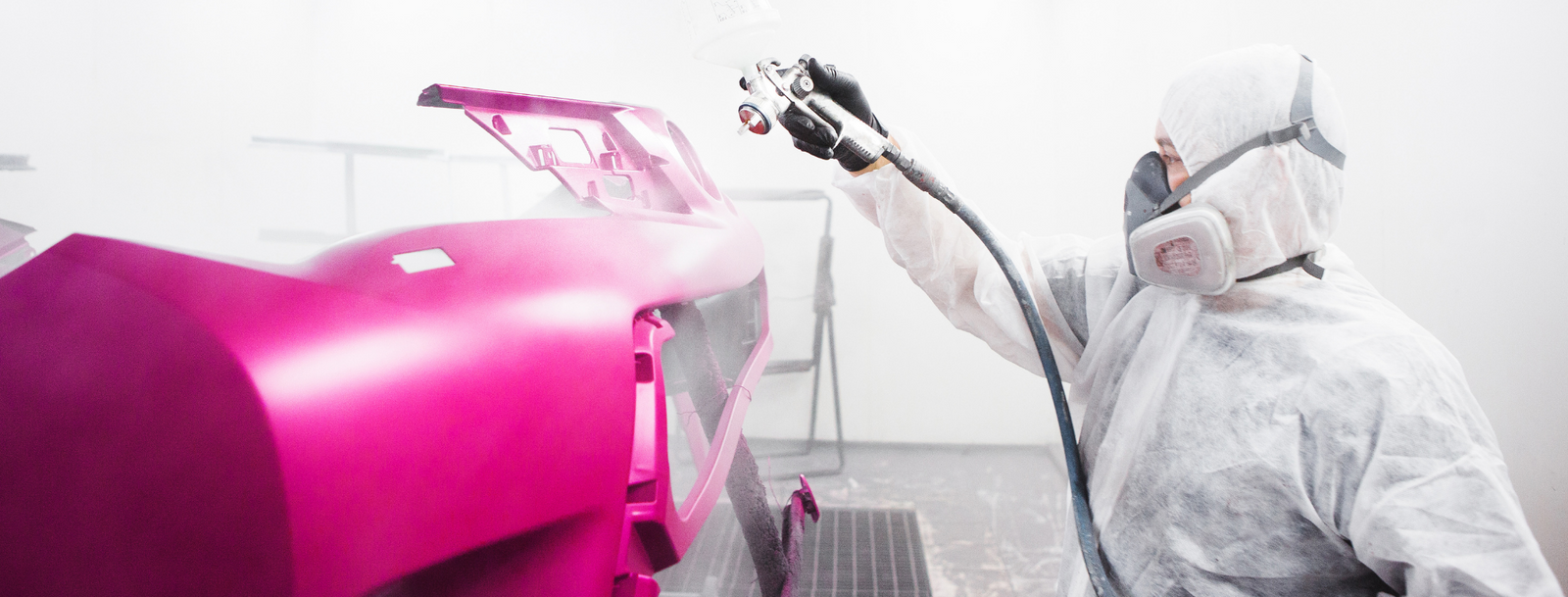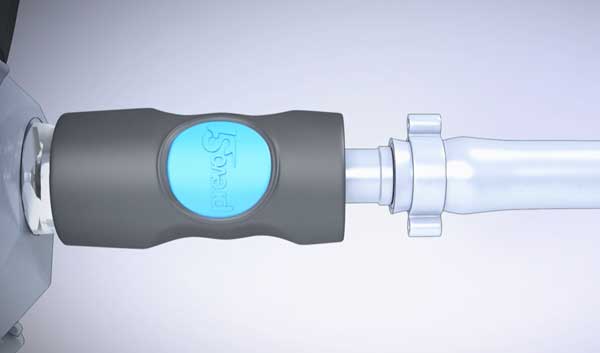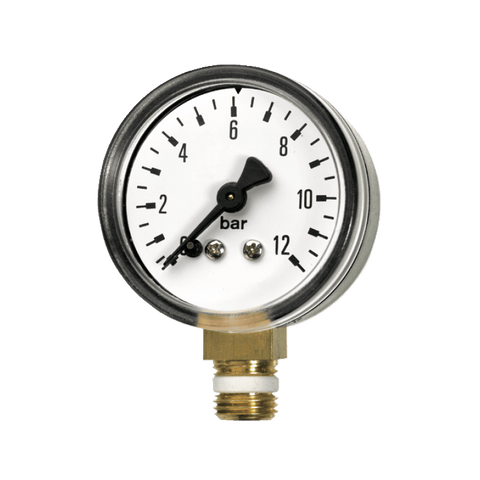Need Some Help? 0161 223 1843
Need Some Help? 0161 223 1843

February 21, 2024 3 min read

Air hoses are often overlooked when purchasing either new tools or a new compressor but the choice you make can save you a lot of money in the long run. The main problem with a lot of hoses on the market is that after consistent use they leak. Many leaks mean the compressor is working longer and harder as the line pressure drops.

If you have 8 bar at your compressor but are only experiencing 7 bar at your tool then you have pressure drops, these can be caused by leaks but also what the material of the air line is made with. Air travelling through a material causes friction on the inner lining of the hose and this can caused pressure drops. Multiply this over a large distance and you can soon see how it has a negative effect.
HOSE WHIP
The other downside to some air lines is that they pressurise and so when you disconnect them you get "hose whip," and this can be quite dangerous especially if you're not holding the tail adapter and air tool incorrectly. The air line is under pressure and it has to discharge instantly as soon as you pull on the adapters collar, causing the pressurised air to blow out as you disconnect. This can whip the line from your had if you don't hold it securely enough.
PREVOST S1 CONNECTORS
Many Years ago Prevost thought about this and decided to do something about it and produced there safety release coupler. A button was placed on the side of the valve and in a single press the spline circuit is shut off and the downline pressure is released, the couple automatically disconnects so you can remove.

WHAT DIAMETER AIR HOSE DO I NEED?
Air hoses are determined by their internal diameter and to put it simply the larger the hoses ID the more air it will be able to carry to your tool.
Look at the CFM of your air tool and size the hose accordingly. A high CFM air tool probably required a 10mm internal diameter to run efficiently, whilst something like a low CFM spray gun will run perfectly well on a 6mm hose.
The other consideration is weight, as the larger the ID of the hose, coupled with the length required can add up to a fair bit. Larger ID air tools can also be slightly more rigid and therefore if you need great dexterity this can cause problems with your wrist and create fatigue.

WHATS IT MADE FROM?
Hoses need to be flexible, resistant to kinking and cuts as well as being smooth internally for increased air flow to reduce pressure drops.
There are three types of hose material used.
All air lines have their pros and cons but generally the rubber type is preferred in bodyshops. Quality air hoses are made from EPDM (Ethylene Propylene Diene Monomer). which is a type of synthetic rubber widely used in a variety of applications and this is what makes them flexible, cut and solvent resistant.
Prevost Air lines for instance use an outer sheath made from smooth black EPDM and an Inner lining made from smooth black SBR, reinforced with a synthetic fabric braid. This creates a very flexible hose that's resistant to kinking, cuts and oil ingress. It also enables a wide temperature range of use -40°C to +70°C.
STATIC ELECTRICITY
As we stated before air running through the lining of the air hose creates friction, this then produces static electricity which can be a big problem, especially in a bodyshop. Prevost STOFLEX air lines are antistatic and so they reduce this negative potential problem.
Comments will be approved before showing up.